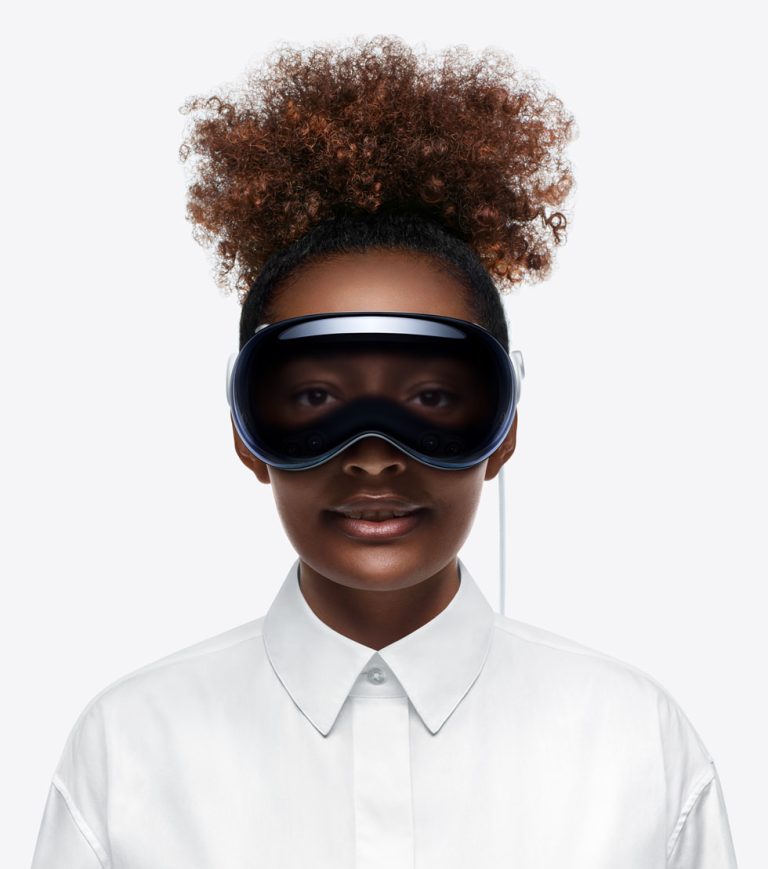Apple’s latest mixed reality product, the Vision Pro, might face challenges at launch due to the absence of significant platform applications.
A recent survey by CMS Storyblok, involving 500 participants, highlights that 81% are concerned about the lack of essential apps, potentially diminishing the headset’s ability to deliver on its “transformative content experiences.” More than half of the respondents are “very concerned” about this issue.
Major content providers like Netflix have confirmed they won’t be offering a Vision Pro app, following in the footsteps of Google, which isn’t providing a YouTube app. Spotify, a leader in music streaming, also does not plan to develop an app for Vision Pro.
Other survey highlights reveal that 63% favor Vision Pro over Meta Quest 3.
The initial consumer interest in Vision Pro risks waning if the available content doesn’t meet expectations – especially with developers and platforms slow to expand the device’s capabilities.
Full survey results can be found here.
Related Articles

The Rise of Digital Experience Platforms (DXPs) in Software Development
Software development is evolving, as Digital Experience Platforms enable the delivery of a personalised digital cross-channel experience. A DXP delivers integrated content, Artificial Intelligence, and low-code rapid application development tools. It streamlines the work of developers as well as marketers.

7 Employee Benefits That Can Help Your Business Increase Staff Retention
With so many businesses vying for the attention of skilled job candidates, it’s becoming more important to look for ways to make your offerings more appealing by adding unique perks that not every employer does.

How Retailers Can Prepare for the Summer 2025 Shift
Rather than focusing on isolated touchpoints or departmental KPIs, journey management provides a way to understand where the most critical pain points lie and how to resolve them systematically across the business.

Retailers Are Drowning in Data – Journey Management Could Be the Lifeline
Rather than focusing on isolated touchpoints or departmental KPIs, journey management provides a way to understand where the most critical pain points lie and how to resolve them systematically across the business.



 for the latest news and job opportunities in retail tech
for the latest news and job opportunities in retail tech 